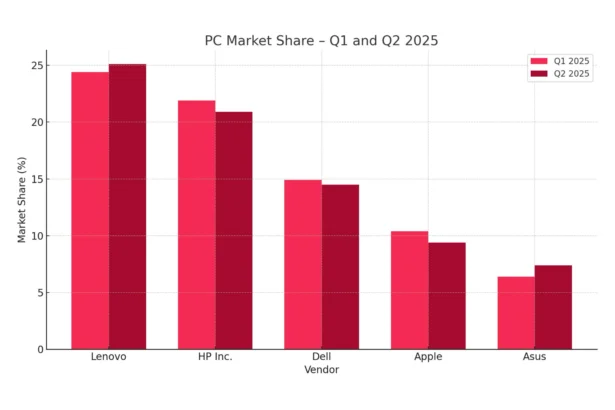IT departments find themselves in the eye of the cyclone. Growing macroeconomic pressures, the explosion of remote and hybrid working and ever-evolving cyber threats are creating an environment where traditional approaches to infrastructure management are no longer sufficient. IT teams must support increasingly complex ecosystems with shrinking budgets and limited human resources. The answer to this challenge, increasingly seen not as an option but a necessity, is strategic automation.
Automation in IT is no longer just a fashionable buzzword. The global IT automation market, valued at more than $20 billion in 2023, is forecast to grow at a rate of several per cent per year, demonstrating the scale of the phenomenon. It is no longer just the domain of technology giants, but a key element in the strategy of companies of all sizes that want to remain competitive.
At its core, automation is about using software to perform repetitive, time-consuming tasks without the need for human intervention. The spectrum of applications ranges from optimising daily workflows and handling helpdesk requests, to scaling complex administrative processes, to guaranteeing regulatory compliance and strengthening security.
A classic example is endpoint management. In the era of remote working, the corporate network consists of hundreds or even thousands of laptops, smartphones and virtual devices. Manually configuring each of them, installing software and deploying security patches is not only a tedious process, but also one with a high risk of error. Automation allows these operations to be standardised, ensuring consistency and freeing up IT professionals for more strategic tasks. The aim is not to replace humans, but to enhance their capabilities.
You won’t build a palace on a swamp
However, the road to effective automation is full of pitfalls, the biggest being poor foundations. Implementing modern automation tools on outdated infrastructure and software is like fitting a jet engine to a century-old automobile. Over time, older systems, often lacking modern APIs and relying on closed protocols, become a source of so-called technology debt that cripples innovation.
Companies face a choice: upgrade internally or work with an external partner to help migrate to the cloud and restructure processes. Whichever path is chosen, a key part of the preparation is organising the data. Automation feeds on data – it needs to be accurate, well-organised and categorised. Market analyses indicate that organisations that achieve a high degree of maturity in data management are able to automate up to 70% of their IT processes.
Security as a starting point
Another pillar is cyber security. Every automated process and connected device is a potential attack vector. Therefore, the implementation of security mechanisms at an early stage in the design of automation processes is absolutely crucial. The ‘Security by Design’ approach ensures that automated systems are not only efficient, but also resilient and trustworthy.
Moreover, automation itself is becoming a powerful tool in the arsenal of security teams. Automated endpoint management platforms offer a complete view of the state of the entire infrastructure, both modern and legacy. This allows for faster identification of security gaps, inefficiencies and potential threats, as well as automatic incident response, reducing response times from hours to minutes.
A process, not a one-off project
The biggest mistake organisations can make is to treat automation as a one-off project with a defined end date. It’s an ongoing process that requires constant improvement and optimisation. An automated workflow that was effective a year ago may no longer fit with changing business objectives or new systems architecture today.
Therefore, mature organisations establish regular review cycles for their automated processes. They analyse performance indicators (KPIs), look for bottlenecks and opportunities for further improvements. It is crucial that every automated task delivers measurable value – whether through cost reduction, increased productivity or improved safety levels.










